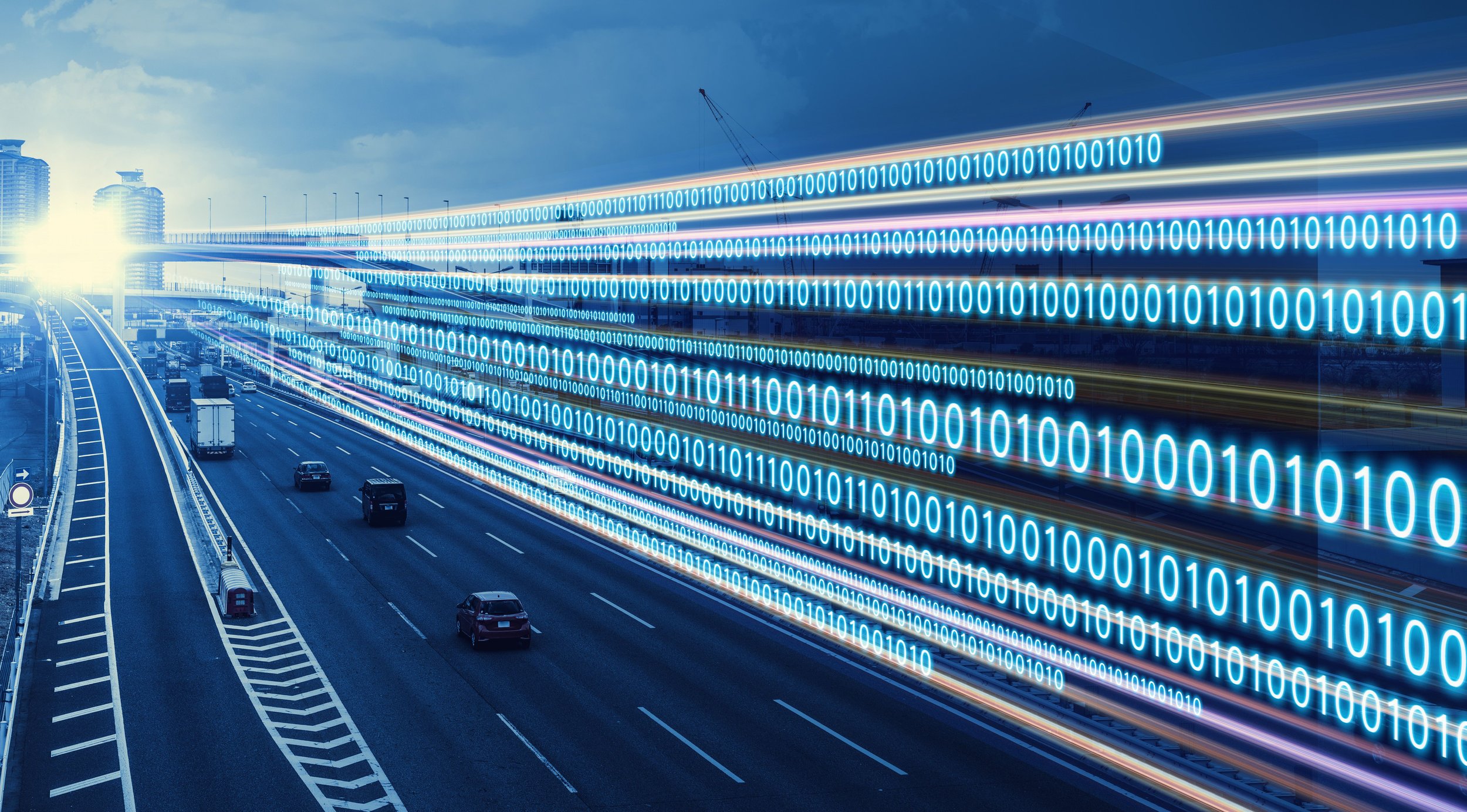
Smart Transporation Solution.

Intelligent Transportation Systems (ITS) use advanced technologies to provide real-time monitoring, evaluation, and management of transportation systems, enabling proactive adjustments to traffic flow, incident response, and overall network optimization for enhanced efficiency and safety.
While often associated with traffic management, Intelligent Transportation Systems (ITS) offer a much broader range of benefits. Beyond optimizing traffic flow, ITS can significantly enhance road safety by:
Influencing Driver Behavior: Promoting safer driving practices and influencing overall traffic behavior.
Enforcing Traffic Regulations: Monitoring adherence to traffic laws and regulations.
These capabilities translate into tangible safety improvements, such as:
Reducing Congestion and Accidents: Minimizing traffic bottlenecks and preventing collisions.
Enhancing Safety Support Systems: Implementing advanced systems to assist drivers and prevent accidents.
Promoting Cooperative Behavior: Fostering safer interactions between different road users (e.g., drivers and cyclists).
Smart Cities
are, in essence, data-driven urban spaces. As a result, the use of Intelligent Transportation Systems (ITS) forms the foundation of smart city architecture. The deployment of ITS involves the integration of advanced information and communication-based technologies into the city's mobility infrastructure.
From a governance perspective, the collection and processing of mobility data (such as road traffic behavior, weather conditions, and the use of particular routes) will be crucial for sound decision-making. Given this, data exchange – either among traffic participants or between traffic participants and city infrastructure – can be leveraged to: (i) facilitate a smooth transition from the current model to a "provisions of services" model, and (ii) generate tangible benefits for road users.
ITS also plays a crucial role in emergency response, enabling services to:
Minimize Response Times: Quickly reach incident scenes.
Pinpoint Accident Locations: Precisely locate accidents for faster intervention.
Expedite Access to Medical Facilities: Ensure rapid transport to appropriate medical care.
Beyond congestion reduction, ITS enhances safety through vehicle-to-infrastructure (V2I) communication. By connecting vehicles (both driver-operated and autonomous) with the surrounding infrastructure, ITS can:
Proactively Alert Drivers to Hazards: Provide timely warnings of dangerous conditions, giving drivers ample time to react.
Prevent Hazardous Situations: Enable vehicles to autonomously avoid potential accidents.
Our Solution
Benefits of Our Solution
Safer
By integrating machine learning with Internet of Things (IoT) and 5G technology, autonomous transportation systems, present in both vehicles and stationary infrastructure like intersections, have demonstrated a significant ability to minimize the impact of human errors on accidents. Computers operate without distractions, fatigue, or emotional influences, enhancing overall safety on the roads and at key traffic points.
More Efficient
With enhanced management practices, there is an opportunity to facilitate more effective utilization of resources. Enhanced data quality plays a crucial role in identifying specific areas that hold potential for efficiency enhancements. It could be as simple as making minor modifications to the train timetables to enhance capacity utilization, or reconsidering the distribution of bus stops along routes to better cater to the needs of the community.
Rapid Insights
City traffic management centers (TMCs) have the capability to quickly gain visibility and receive prompt notifications regarding problematic areas or larger-scale city issues that impact traffic flow, public safety, and the efficiency of emergency response systems. This enables them to promptly intervene or enhance communication with various agencies and emergency responders, ensuring a more coordinated and effective response to challenging situations in urban areas.
Better Managed
Data collection is an essential component when it comes to responsible public management of infrastructure. Smart transportation goes beyond merely gathering data points for various aspects of the transportation system. It enables administrators to enhance their monitoring of operations, keep track of maintenance requirements, and pinpoint crucial sources of issues that must be addressed promptly.
Cost Effective
Because smart transportation optimizes available resources, it has the potential to reduce costs through proactive maintenance, decreased energy consumption, and minimized resources allocated to handling accidents. Additionally, passengers can enjoy cost benefits when affordable public transportation services are so efficient that they rival the convenience of owning a private vehicle.

We utilize cutting-edge technologies to enhance transportation, making it not only more convenient but also more cost-effective and significantly safer for users.











